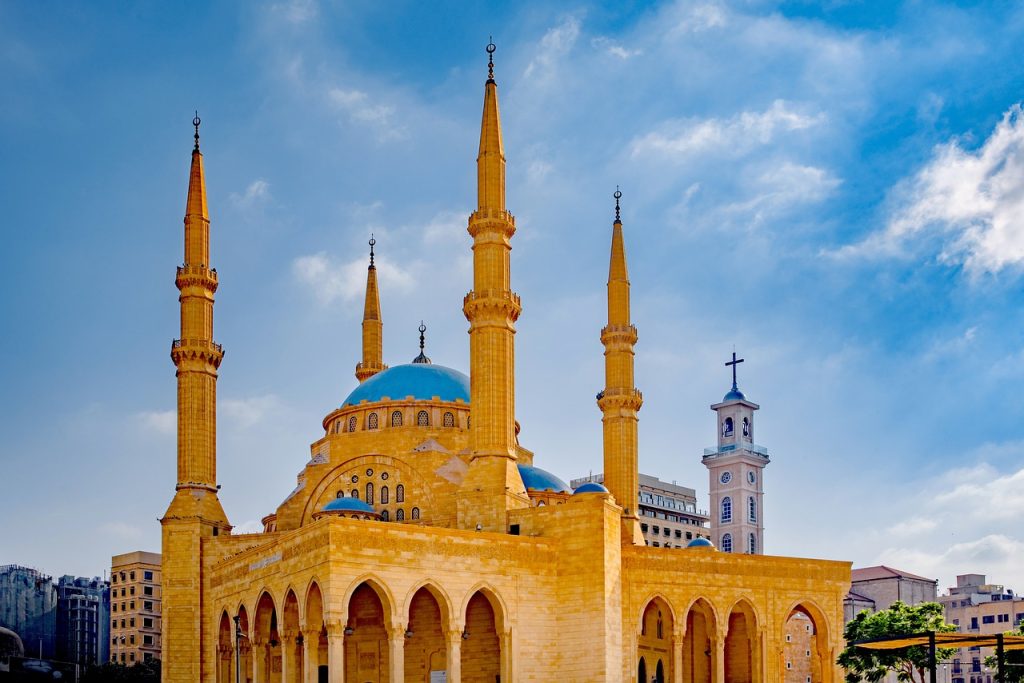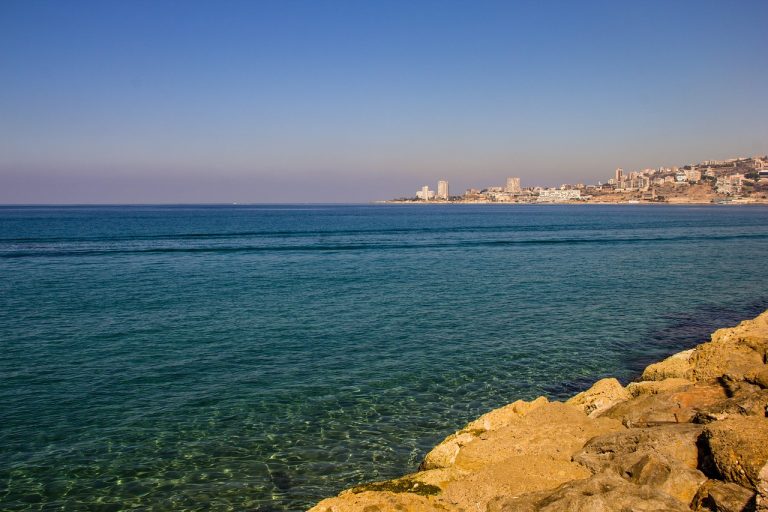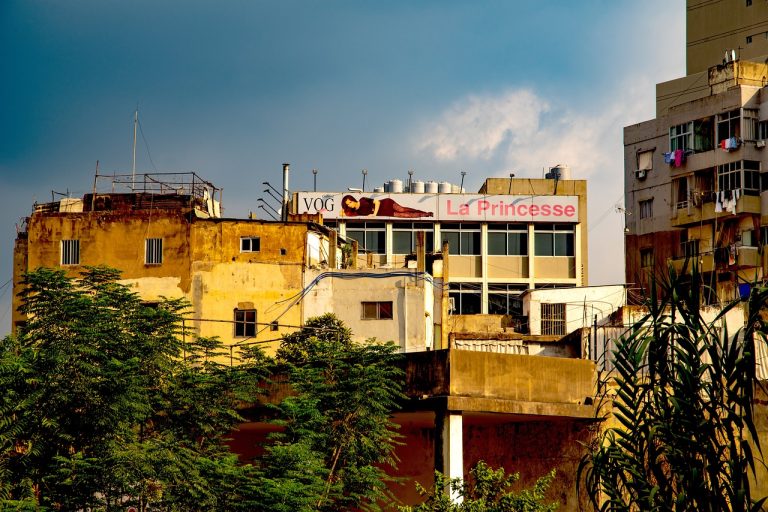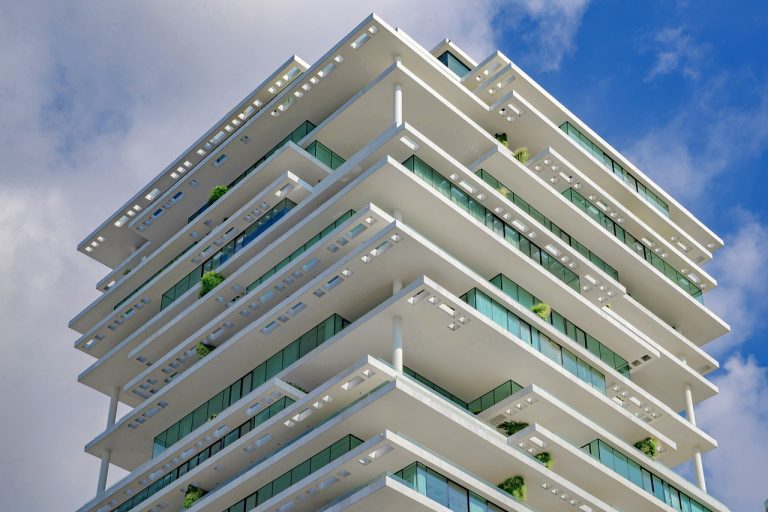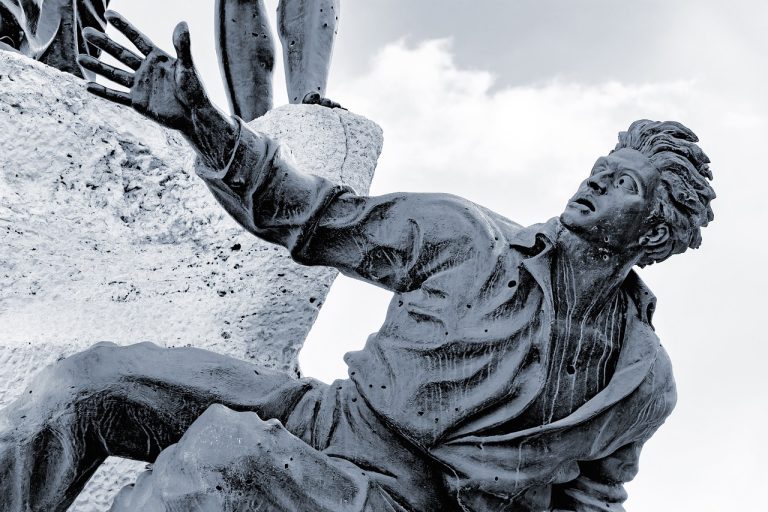Beirut Lebanon Video
Architectural Wonders: Iconic Buildings in Beirut, Lebanon
Beirut, the capital city of Lebanon, is known for its rich history, vibrant culture, and stunning architecture. From ancient Roman ruins to modern skyscrapers, the city is home to a diverse range of architectural wonders. In this article, we will explore some of the most iconic buildings in Beirut, highlighting their unique features and historical significance.
Beirut Lebanon Image 1:
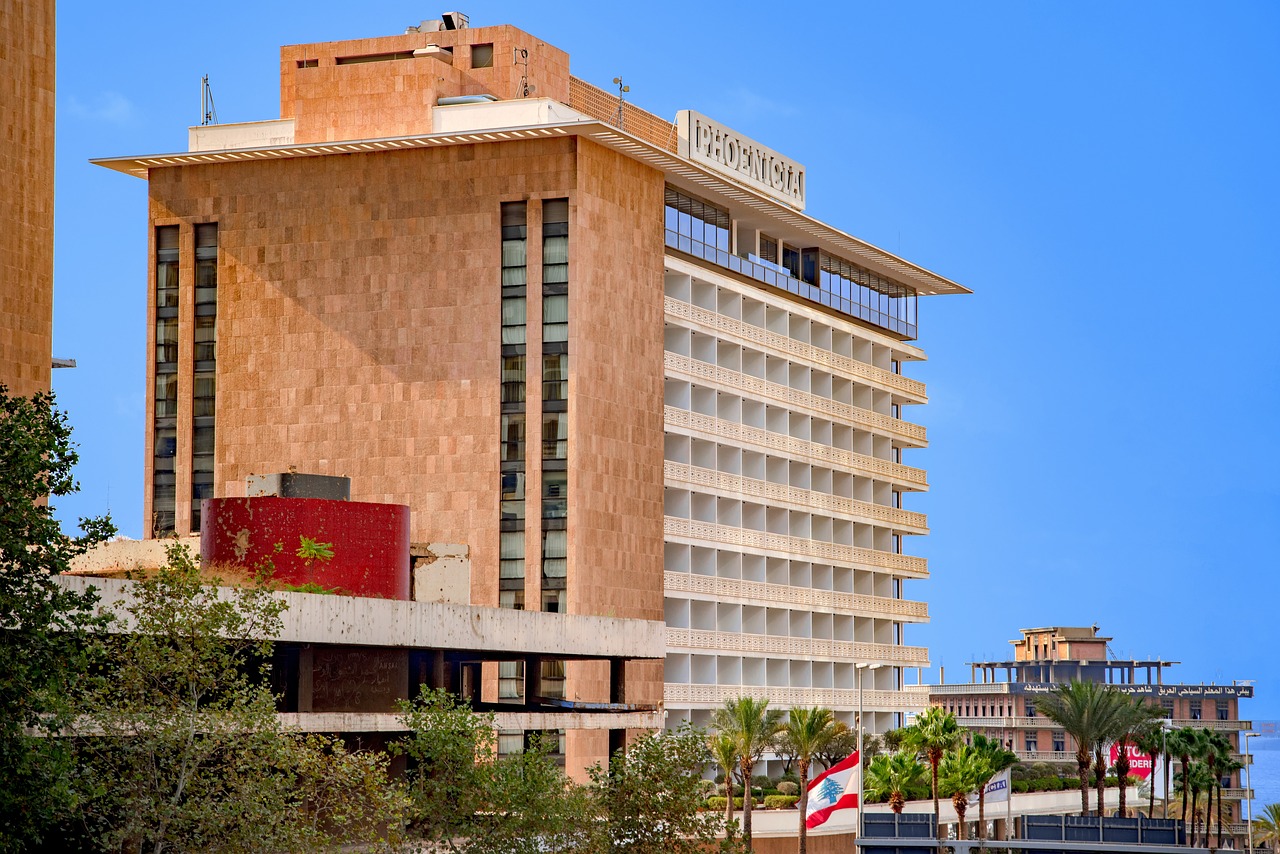
1. Mohammad Al-Amin Mosque
- Architectural Style: Ottoman and Islamic
- Historical Significance: The mosque was inaugurated in 2008 and serves as a symbol of religious tolerance and coexistence in Lebanon. It stands on the site of an older mosque that was destroyed during the Lebanese Civil War.
- Keywords: Mohammad Al-Amin Mosque, Blue Mosque, Ottoman architecture, Islamic architecture, religious tolerance
The Mohammad Al-Amin Mosque, also known as the Blue Mosque, is a prominent landmark in Beirut. Its grand design combines Ottoman and Islamic architectural styles, featuring a large central dome, minarets, and intricate geometric patterns. The mosque’s blue exterior and elegant interiors make it a popular tourist attraction.
2. Sursock Museum
- Architectural Style: Italianate architecture
- Historical Significance: The Sursock Museum was originally the private residence of the Sursock family, a prominent Beirut dynasty. It was opened to the public as a museum in 1961, showcasing Lebanese and international artworks.
- Keywords: Sursock Museum, Italianate architecture, art museum, Sursock family, contemporary art
The Sursock Museum is a magnificent mansion turned art museum located in the Achrafieh district of Beirut. Built in the late 19th century, the building showcases Italianate architecture with its ornate facades, arched windows, and grand staircase. The museum houses a remarkable collection of modern and contemporary art.
Beirut Lebanon Image 2:
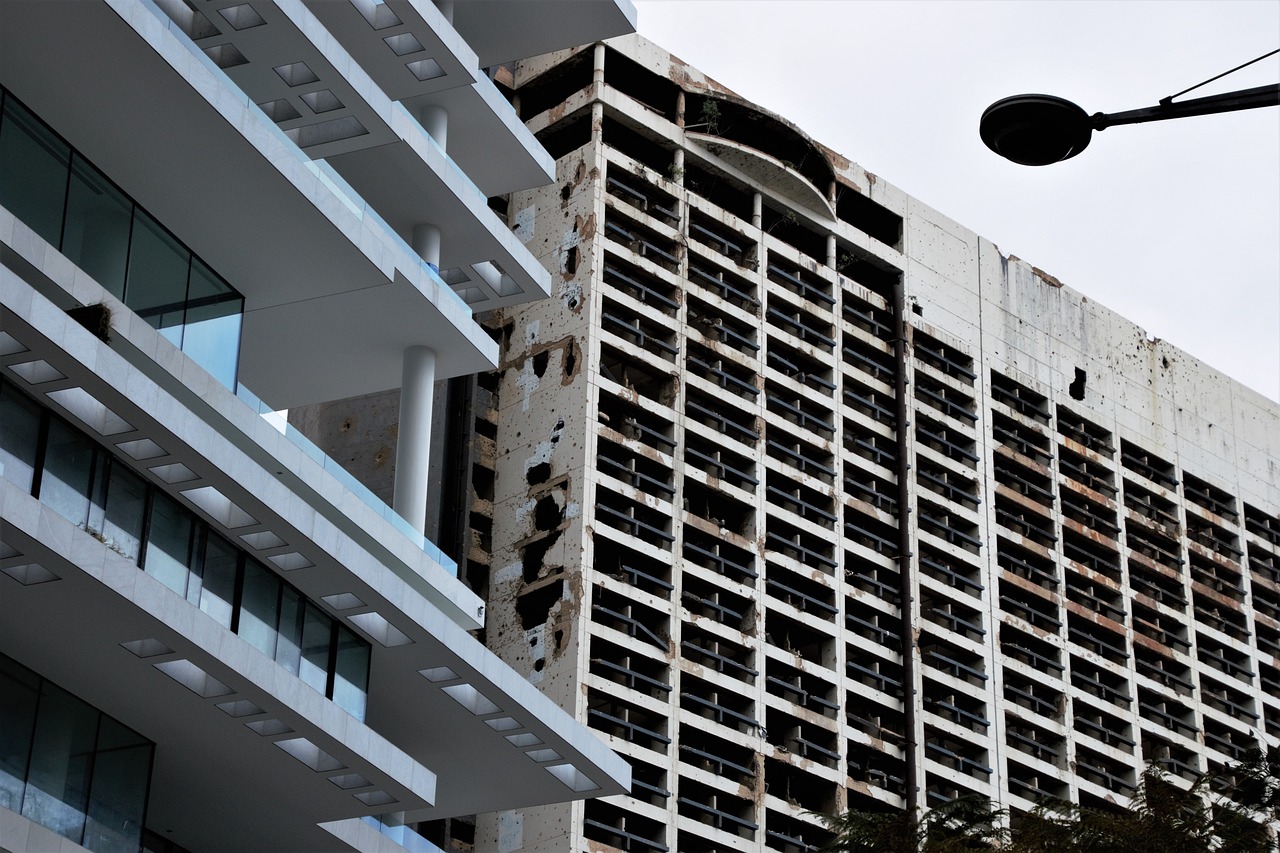
3. Beirut National Museum
- Architectural Style: Modernist
- Historical Significance: The Beirut National Museum was established in 1942 and underwent extensive renovations after the Lebanese Civil War. It offers visitors a comprehensive insight into Lebanon’s history, from prehistoric times to the medieval period.
- Keywords: Beirut National Museum, archaeological heritage, modernist architecture, Antoine Nahas, artifacts
The Beirut National Museum is a cultural institution that showcases Lebanon’s rich archaeological heritage. The museum building, designed by the Lebanese architect Antoine Nahas, features a modernist style with its clean lines and minimalist design. It houses a vast collection of artifacts spanning thousands of years.
4. Martyrs’ Square
- Architectural Style: Neoclassical
- Historical Significance: Martyrs’ Square has been a focal point for political demonstrations and gatherings since Lebanon’s independence. It was named in honor of the Lebanese nationalists who were executed by the Ottomans during World War I.
- Keywords: Martyrs’ Square, neoclassical architecture, Grand Serail, Lebanese Parliament, political demonstrations
Martyrs’ Square, located in the heart of Beirut, is a historic public square that has witnessed significant events in Lebanon’s history. The square is surrounded by buildings with neoclassical architecture, including the Grand Serail, the former Ottoman administrative headquarters, and the Lebanese Parliament building.
Beirut Lebanon Image 3:
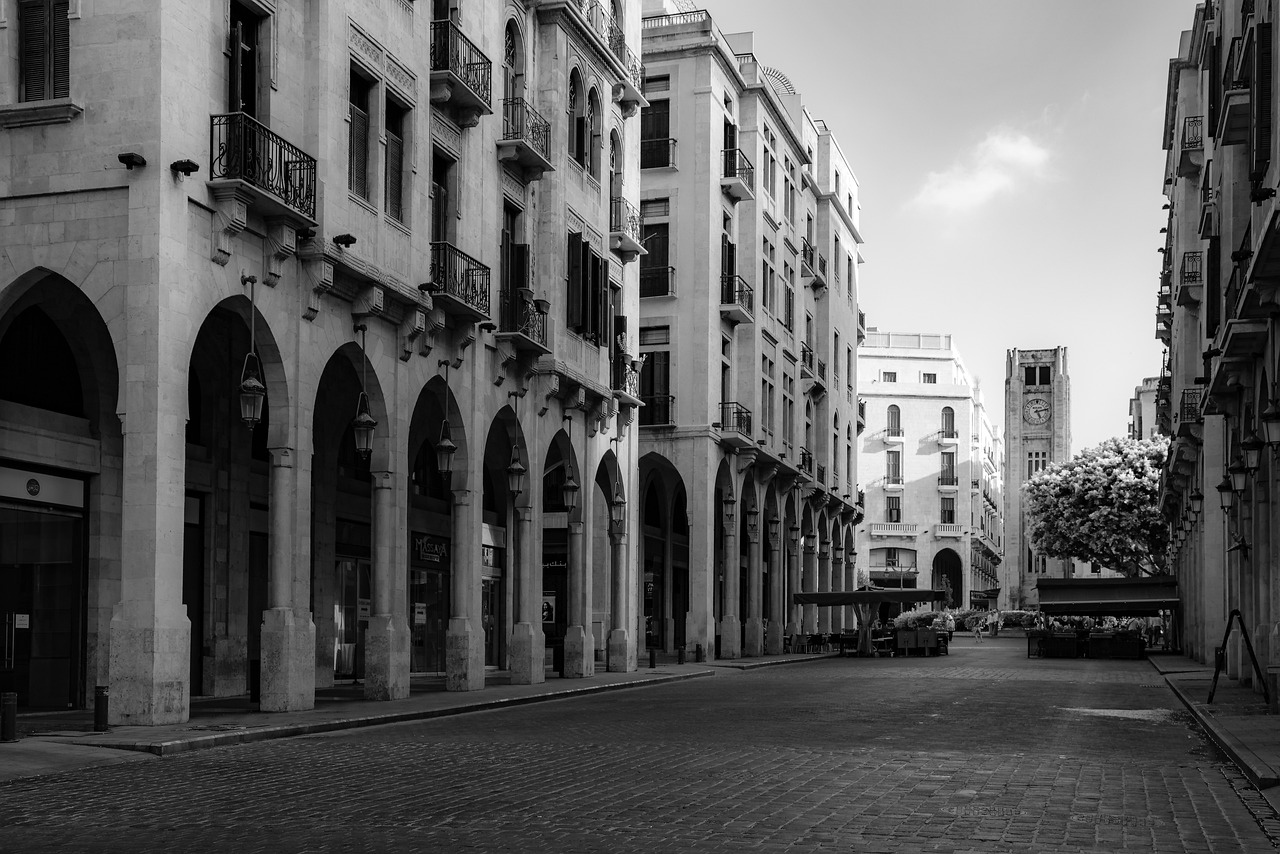
5. Beirut Souks
- Architectural Style: Modern and contemporary
- Historical Significance: The Beirut Souks were once a bustling trading hub in the heart of the city. After the war, the area underwent extensive redevelopment to restore its former glory and attract visitors and locals alike.
- Keywords: Beirut Souks, commercial district, modern architecture, contemporary architecture, redevelopment
The Beirut Souks is a vibrant commercial district that blends modern and contemporary architectural styles. The area was rebuilt after the Lebanese Civil War and features a mix of high-end shops, restaurants, and entertainment venues. The architecture showcases sleek designs, glass facades, and open spaces.
6. Pigeon Rocks
- Natural Formation: Sea cliffs
- Keywords: Pigeon Rocks, Raouché Rocks, natural formation, sea cliffs, Mediterranean Sea
Pigeon Rocks, also known as Raouché Rocks, are a natural wonder located off the coast of Beirut. These iconic sea cliffs rise dramatically from the Mediterranean Sea and are home to a variety of seabirds, including pigeons. The rocks are a popular destination for tourists and locals, offering breathtaking views.
7. American University of Beirut
- Architectural Style: Collegiate Gothic
- Keywords: American University of Beirut, AUB, Collegiate Gothic architecture, educational institution, Mediterranean Sea
The American University of Beirut (AUB) is a prestigious educational institution with a stunning campus. The university’s buildings showcase Collegiate Gothic architecture, characterized by pointed arches, ribbed vaults, and intricate detailing. The campus is known for its lush greenery and beautiful views of the Mediterranean Sea.
8. National Museum of Beirut
- Architectural Style: Modernist
- Keywords: National Museum of Beirut, Michel Ecochard, modernist architecture, archaeological artifacts, Phoenician sarcophagi
The National Museum of Beirut is another significant cultural institution in the city. The museum building, designed by the Lebanese architect Michel Ecochard, exhibits a modernist style with its concrete and glass structure. It houses a vast collection of archaeological artifacts, including the renowned Phoenician sarcophagi.
9. Beirut Corniche
- Landmark: Coastal promenade
- Keywords: Beirut Corniche, coastal promenade, Mediterranean Sea, city skyline, recreational areas
The Beirut Corniche is a picturesque coastal promenade that stretches along the Mediterranean Sea. Lined with palm trees, cafes, and recreational areas, it offers stunning views of the sea and the city skyline. The Corniche is a popular spot for walking, jogging, and enjoying the vibrant atmosphere of Beirut.
10. Saint George Maronite Cathedral
- Architectural Style: Neo-Gothic
- Keywords: Saint George Maronite Cathedral, Neo-Gothic architecture, religious edifice, stained glass windows, Maronite community
The Saint George Maronite Cathedral is a beautiful religious edifice located in the city center of Beirut. The cathedral showcases Neo-Gothic architecture, with its pointed arches, stained glass windows, and intricate stone carvings. It is a significant spiritual and cultural landmark for the Maronite community.
Conclusion
Beirut, Lebanon, is a city that boasts a remarkable collection of architectural wonders. From religious structures to cultural institutions, each building has its own unique style and historical significance. Whether you are a history enthusiast or an architecture lover, exploring these iconic buildings in Beirut will undoubtedly leave you in awe of the city’s rich heritage and vibrant spirit.
References
- Wikipedia: en.wikipedia.org/wiki/Mohammad_Al-Amin_Mosque
- Sursock Museum: sursock.museum
- Beirut National Museum: beirutnationalmuseum.com
- Martyrs’ Square: lebanoninapicture.com
- Beirut Souks: beirutsouks.com.lb
- Pigeon Rocks: lebanoninapicture.com
- American University of Beirut: aub.edu.lb
- National Museum of Beirut: beirutnationalmuseum.com
- Beirut Corniche: lebanoninapicture.com
- Saint George Maronite Cathedral: lebanoninapicture.com

